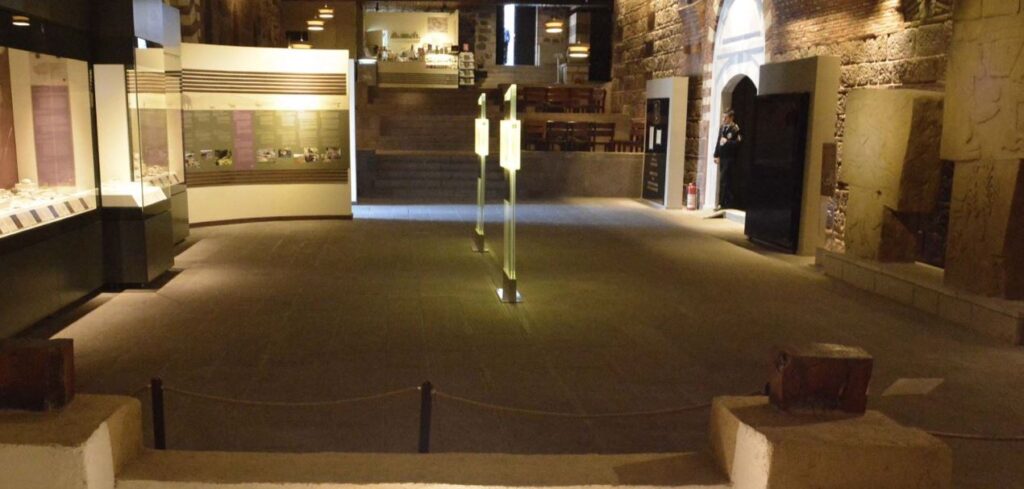Museum of Anatolian Civilizations is a remarkable destination that offers a unique blend of history, culture, and art. Its extensive collection of artifacts, engaging exhibits, and beautiful architecture promises an enriching experience for all who visit. Whether you’re a history enthusiast, an art lover, or a curious traveler, the museum will surely leave a lasting impression. So plan your visit, immerse yourself in the wonders of Anatolia, and enjoy the journey through time!
Museum of Anatolian Civilizations Photos
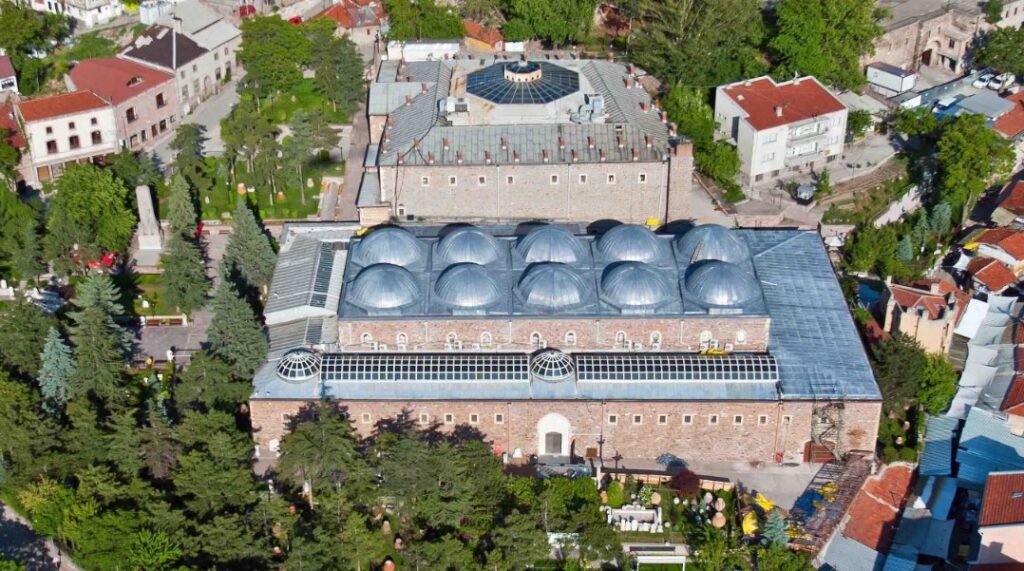
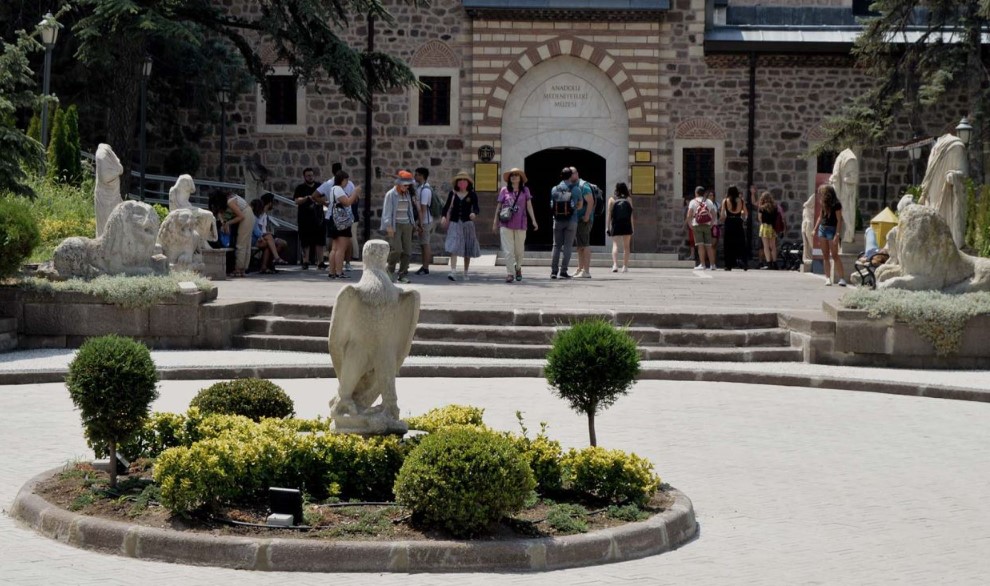
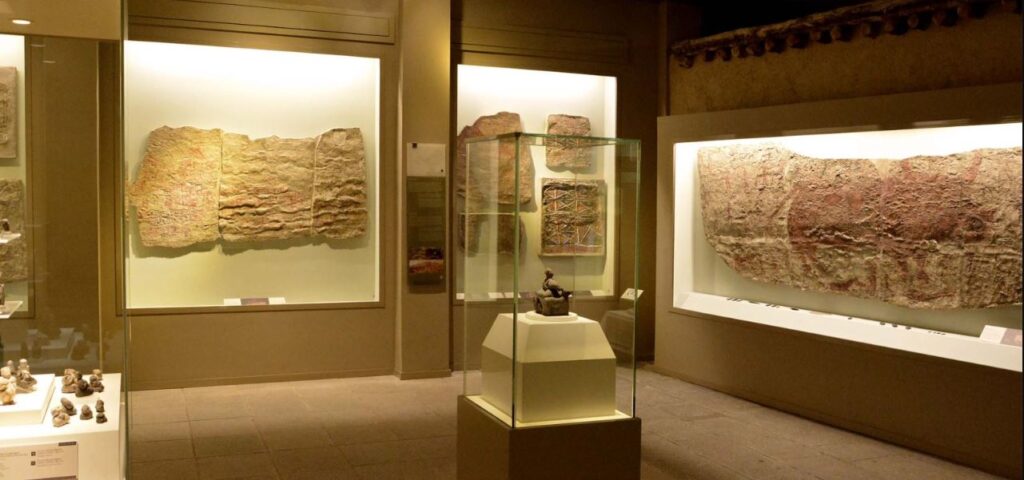
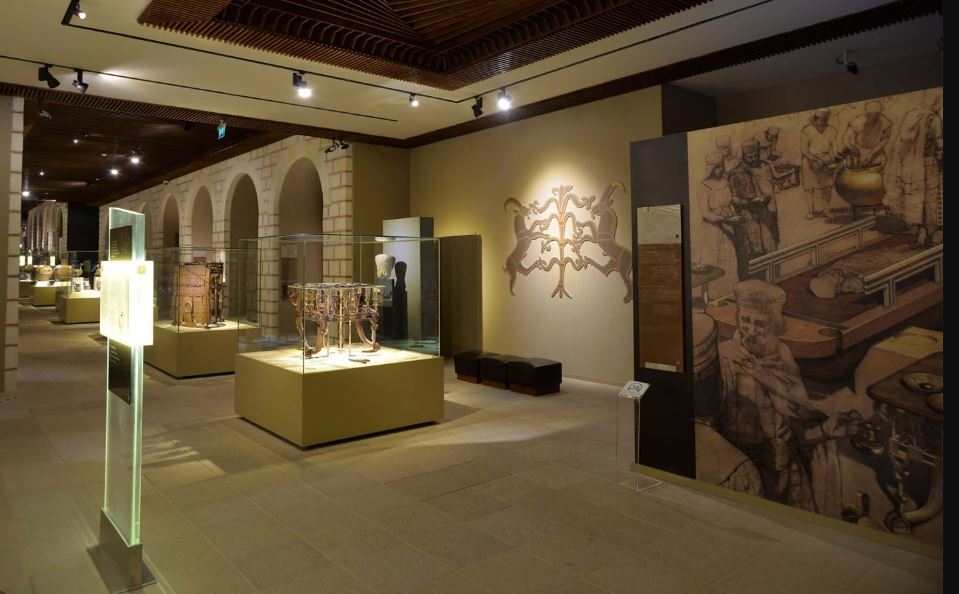
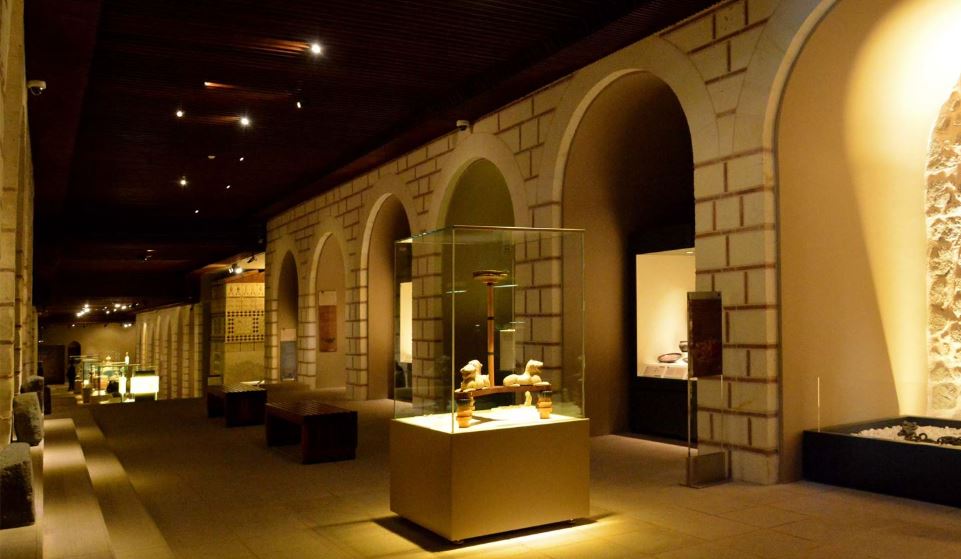
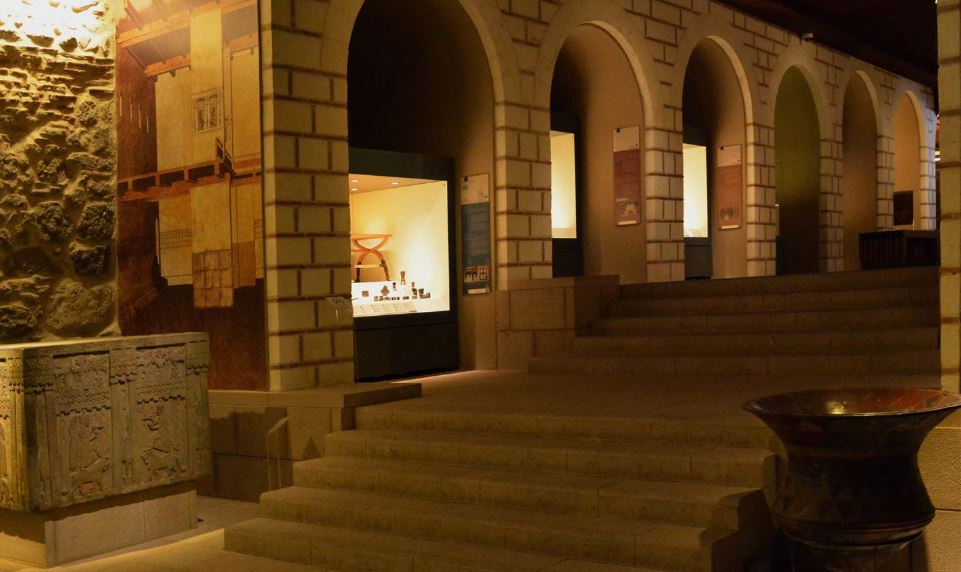
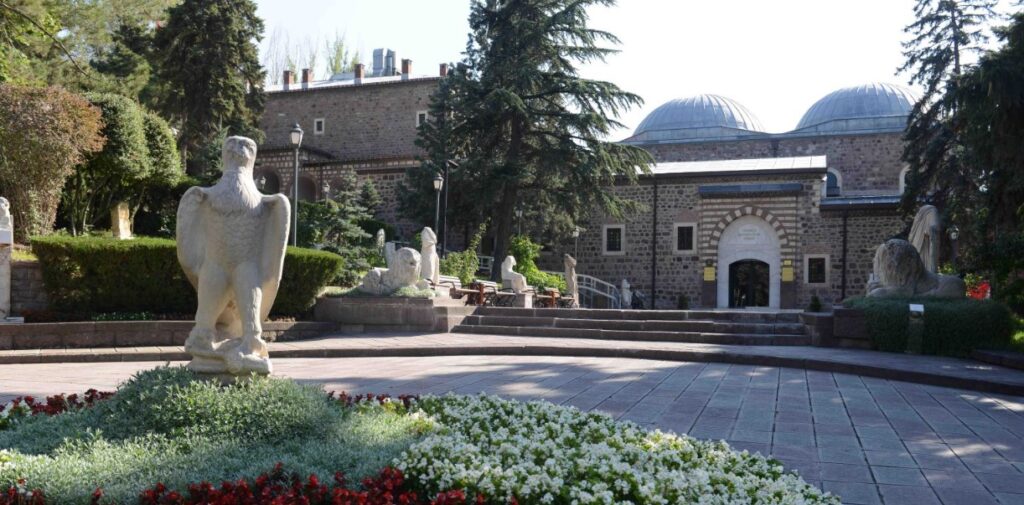
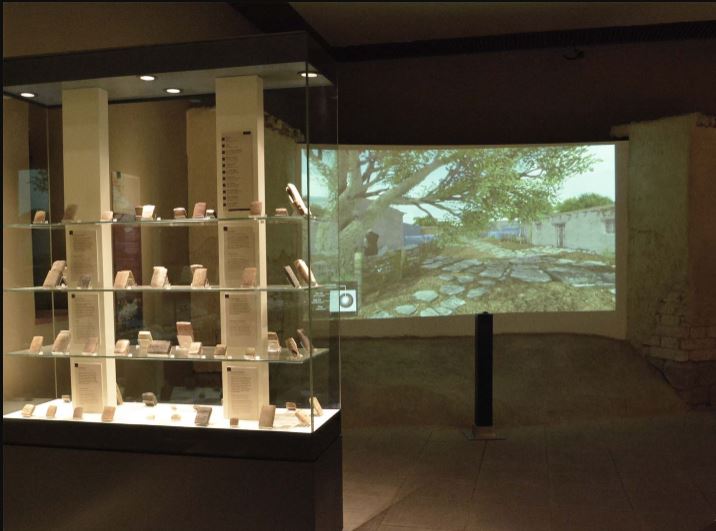
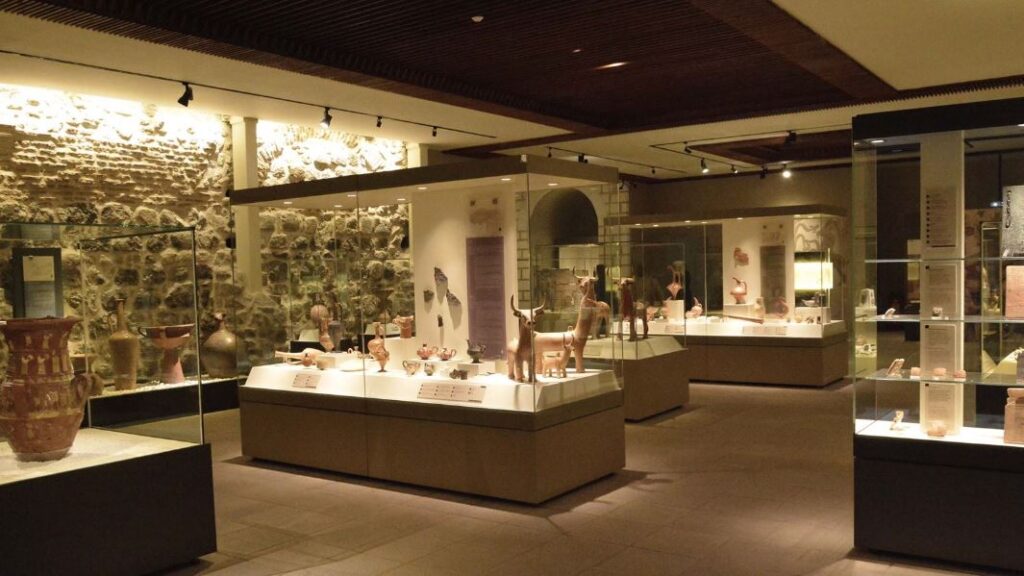
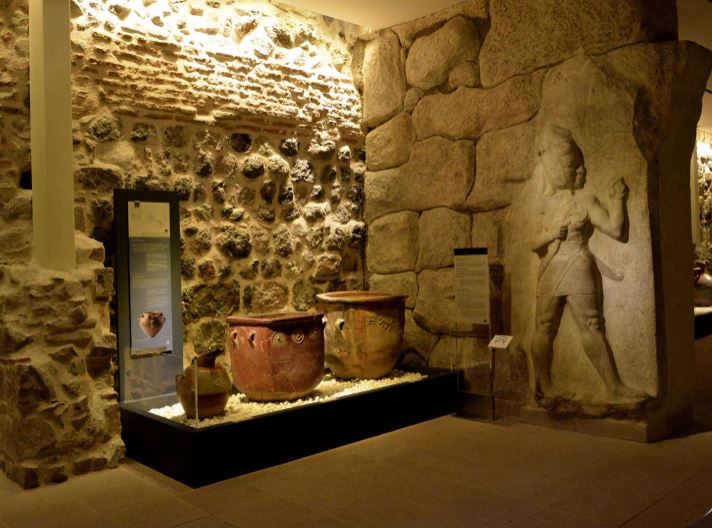
Located in the heart of Ankara, the Museum of Anatolian Civilizations (Anadolu Medeniyetleri Müzesi) is a captivating destination that showcases the rich history and diverse cultures of Anatolia. Recognized as one of the finest museums in Turkey, it offers visitors a unique opportunity to explore the ancient civilizations that have thrived in this region for thousands of years. With its extensive collection of artifacts, engaging exhibits, and stunning architecture, the museum is a must-visit for anyone interested in history, archaeology, and culture.
Table of Contents
Location and How to Get to Museum of Anatolian Civilizations
The Museum of Anatolian Civilizations is situated in the Ulus district of Ankara, close to the city center and major landmarks. It is easily accessible by public transportation, making it convenient for both locals and tourists.
Getting There
- By Air: The nearest airport is Ankara Esenboğa Airport (ESB), located about 28 kilometers (17 miles) from the city center. From the airport, you can take a taxi, shuttle bus, or use ride-sharing apps to reach the museum.
- By Bus: Ankara has a well-developed intercity bus network, with services connecting it to major cities in Turkey. Once you arrive at the main bus terminal (AŞTİ), you can take a taxi or use public transportation to reach the museum.
- By Metro: If you’re already in Ankara, you can take the metro to the Ulus station, which is within walking distance of the museum. The museum is located just a short stroll from the station, making it an easy stop during your exploration of the city.
The Origin of the Museum of Anatolian Civilizations
The Museum of Anatolian Civilizations was established in 1921 and is housed in a beautifully restored 15th-century Ottoman caravanserai known as the Kurşunlu Han. Originally built to accommodate travelers and merchants along trade routes, the caravanserai was transformed into a museum to showcase the rich archaeological heritage of Anatolia.
The museum’s mission is to preserve and present the artifacts and cultural heritage of the various civilizations that have inhabited Anatolia, including the Hittites, Phrygians, Urartians, and Romans. Its dedication to education and cultural preservation has made it an essential resource for understanding the region’s history.
Highlights of the Museum of Anatolian Civilizations
The Museum of Anatolian Civilizations boasts an impressive collection of over 200,000 artifacts, representing various periods and cultures throughout Anatolian history. Some of the highlights of the museum include:
- Hittite Artifacts: The museum is famous for its extensive collection of Hittite artifacts, including sculptures, pottery, and inscriptions. The Hittites were one of the most advanced civilizations of the ancient world, and their contributions to art and culture are well-represented.
- Phrygian Treasures: Visitors can explore the treasures of the Phrygian civilization, including intricate jewelry, pottery, and monumental sculptures. The Phrygians were known for their unique artistic style and craftsmanship.
- Urartian Artifacts: The museum features a selection of artifacts from the Urartian civilization, including weapons, ceramics, and stone reliefs. The Urartians were known for their impressive fortresses and advanced metalworking skills.
- The Hall of the Hittite King: This hall showcases a stunning reconstruction of a Hittite royal tomb, complete with elaborate decorations and significant artifacts. It provides a fascinating insight into Hittite burial practices and beliefs.
- Exhibits of Everyday Life: The museum also includes exhibits that explore the daily lives of ancient Anatolian civilizations, showcasing tools, household items, and agricultural implements used by the people of the region.
Why is it a Must-See Place?
Visiting the Museum of Anatolian Civilizations is a must for several compelling reasons:
- Rich Cultural Heritage: The museum houses an unparalleled collection of artifacts that represent the rich cultural heritage of Anatolia. It serves as a gateway to understanding the history and achievements of ancient civilizations.
- Educational Experience: The museum offers a wealth of information about the various cultures that inhabited Anatolia. Engaging exhibits and informative displays provide valuable insights into ancient life, art, and society.
- Architectural Beauty: The museum is located in a beautifully restored Ottoman caravanserai, which adds to its charm and historical significance. The architecture itself is a testament to the region’s rich heritage.
- Cultural Events and Workshops: The museum often hosts cultural events, workshops, and educational programs that allow visitors to engage with history in a hands-on way. This makes it a dynamic place for learning and exploration.
- Convenient Location: Situated in the heart of Ankara, the museum is easily accessible and can be visited alongside other nearby attractions, making it a perfect stop for anyone exploring the city.
Best Time to Visit Museum of Anatolian Civilizations and Dress Code
Best Time to Visit
The best time to visit the Museum of Anatolian Civilizations is during the spring (April to June) and autumn (September to November) months. During these seasons, the weather in Ankara is mild and pleasant, making it ideal for exploring the museum and the surrounding areas. Summer can be quite hot, while winter may bring cold temperatures, so plan accordingly.
Dress Code
While there is no strict dress code for visiting the museum, it’s advisable to dress comfortably and appropriately. Consider the following:
- Comfortable Footwear: Wear comfortable shoes, as you may spend several hours walking through the museum and exploring the exhibits.
- Layered Clothing: The temperature inside the museum can vary, so wearing layers allows you to adjust as needed.
- Respectful Attire: While casual attire is generally acceptable, it’s courteous to dress modestly, especially when visiting cultural and historical sites.
Opening Hours of Museum of Anatolian Civilizations
The Museum of Anatolian Civilizations is open to visitors throughout the week. The typical visiting hours are as follows:
- Summer (April to October): 9:00 AM to 7:00 PM
- Winter (November to March): 9:00 AM to 5:00 PM
It’s advisable to check the museum’s official website or contact them for any updates or changes to opening hours before your visit.
Museum of Anatolian Civilizations Entrance Fees
As of the latest information, the entrance fee for the Museum of Anatolian Civilizations is approximately 100 Turkish Lira (around $5). Prices may vary, so it’s best to check for updates before your visit. The fee typically includes access to all exhibitions within the museum.
The Museum Pass: Valid or Not for the Museum of Anatolian Civilizations
As of now, the Museum Pass (Müze Kart) is valid for entry to the Museum of Anatolian Civilizations. This pass allows unlimited access to many museums and archaeological sites across Turkey, making it a worthwhile investment for travelers planning to explore multiple locations.
Structure and Design of Museum of Anatolian Civilizations
The Museum of Anatolian Civilizations is housed in a beautifully restored Ottoman caravanserai, known as the Kurşunlu Han. The architectural design reflects traditional Ottoman styles, with arched doorways, intricate stonework, and spacious courtyards. The museum is thoughtfully laid out to enhance the visitor experience:
1. Exhibition Halls
The museum features several exhibition halls, each dedicated to different periods and cultures of Anatolia. The spacious layout allows for easy navigation and exploration, making it accessible for visitors of all ages.
2. Lighting and Display
The lighting within the museum is carefully designed to highlight the intricate details of the artifacts without causing damage. The display cases and mounting techniques ensure that the artworks are showcased to their fullest potential.
3. Educational Spaces
The museum includes areas designated for educational programs, workshops, and presentations. These spaces allow visitors to engage with the exhibits and learn about the techniques and cultural significance of the artifacts.
4. Outdoor Areas
The museum features outdoor spaces where visitors can relax and enjoy the surrounding gardens. These areas provide a pleasant break from the exhibitions and offer opportunities for photography.
Legends and History of the Museum of Anatolian Civilizations
The history of the Museum of Anatolian Civilizations is deeply intertwined with the rich cultural heritage of Anatolia. The region has been home to numerous civilizations, each leaving its mark on the landscape and culture.
Ancient Civilizations
Anatolia has been inhabited for thousands of years, with evidence of some of the earliest human settlements. The region was home to various civilizations, including the Hittites, Phrygians, Urartians, and Lycians, each contributing to the rich tapestry of Anatolian history.
The Hittites
The Hittites were one of the most influential civilizations in ancient Anatolia, known for their advanced society and political organization. They established a vast empire that extended across much of Anatolia and into the Levant. The museum houses an impressive collection of Hittite artifacts, including sculptures, pottery, and inscriptions.
The Phrygians
Following the decline of the Hittite Empire, the Phrygians emerged as a dominant force in Anatolia. They were known for their unique artistic style and craftsmanship, and their treasures are well-represented in the museum’s exhibits.
The Urartians
The Urartians were another significant civilization that inhabited the region, known for their impressive fortresses and advanced metalworking skills. The museum features a selection of Urartian artifacts, offering insights into their culture and daily life.
Establishment of the Museum
The Museum of Anatolian Civilizations was officially opened in 1921, with the aim of preserving and showcasing the rich cultural heritage of Anatolia. The museum has since become an important institution for education and research, providing valuable resources for historians, archaeologists, and the general public.
Museum of Anatolian Civilizations Nearby Attractions
When visiting the Museum of Anatolian Civilizations, consider exploring these nearby attractions:
1. Ankara Castle
Located just a short distance from the museum, Ankara Castle offers panoramic views of the city and is a great place to explore ancient fortifications. The castle dates back to the Roman period and has been expanded by various civilizations over the centuries.
2. Atatürk Mausoleum (Anıtkabir)
Anıtkabir is the mausoleum of Mustafa Kemal Atatürk, the founder of modern Turkey. This monumental structure is a must-visit for anyone interested in Turkish history and offers a serene atmosphere for reflection.
3. Roman Temple of Augustus
This ancient temple, dedicated to Emperor Augustus, is located near the museum and features well-preserved inscriptions and architectural elements. It provides insight into the Roman influence in the region.
4. Museum of the War of Independence
This museum, located in a historic building, showcases artifacts and documents related to Turkey’s War of Independence. It offers a fascinating glimpse into the country’s struggle for sovereignty.
5. Gençlik Parkı
Gençlik Parkı is a large urban park in Ankara that features beautiful gardens, walking paths, and recreational areas. It’s a great place to relax and enjoy some time outdoors after visiting the museum.
Interesting Facts About the Museum of Anatolian Civilizations
- Extensive Collection: The Museum of Anatolian Civilizations is home to over 200,000 artifacts, making it one of the largest collections of its kind in Turkey.
- UNESCO World Heritage Candidate: The museum and its surrounding archaeological sites are candidates for UNESCO World Heritage status, highlighting their cultural and historical significance.
- Architectural Significance: The museum is housed in a beautifully restored Ottoman caravanserai, showcasing traditional Turkish architecture.
- Educational Programs: The museum offers a variety of educational programs and workshops, making it an engaging destination for visitors of all ages.
- Cultural Events: Throughout the year, the museum hosts cultural events, exhibitions, and lectures, providing opportunities for visitors to deepen their understanding of Anatolian history and culture.
Tips for Visitors
- Plan Your Visit: Research the museum and its exhibits ahead of time to make the most of your visit. Consider joining a guided tour for a more informative experience.
- Stay Hydrated: Bring water, especially during the warmer months. The museum may have limited facilities, so having your own water bottle is a good idea.
- Take Your Time: Allocate sufficient time to explore the various halls and exhibits. The museum is extensive, and rushing through may cause you to miss important details.
- Respect the Artifacts: As with any museum, be respectful of the artifacts and follow any guidelines provided by museum staff. Avoid touching exhibits unless permitted.
- Enjoy Local Cuisine: Don’t miss the opportunity to sample delicious local dishes in nearby restaurants. Ankara is known for its rich culinary scene, so exploring local eateries is a must.
Frequently Asked Questions
1. What is the best time to visit the Museum of Anatolian Civilizations?
The best time to visit is during the spring (April to June) and autumn (September to November) when the weather is mild and pleasant for exploring.
2. How do I get to the museum from Ankara city center?
The museum is easily accessible by public transportation, taxi, or on foot if you are staying in the city center. The Ulus metro station is also within walking distance.
3. Are there guided tours available at the museum?
Yes, the museum offers guided tours, and audio guides are also available for visitors who want to explore at their own pace.
4. Can I take photos inside the museum?
Photography policies may vary, so it’s best to check with museum staff. Generally, photography without flash is allowed in many areas.
5. Is there a café or restaurant at the museum?
The museum has a café where visitors can enjoy refreshments and snacks. However, there are many dining options in the surrounding area to explore.

